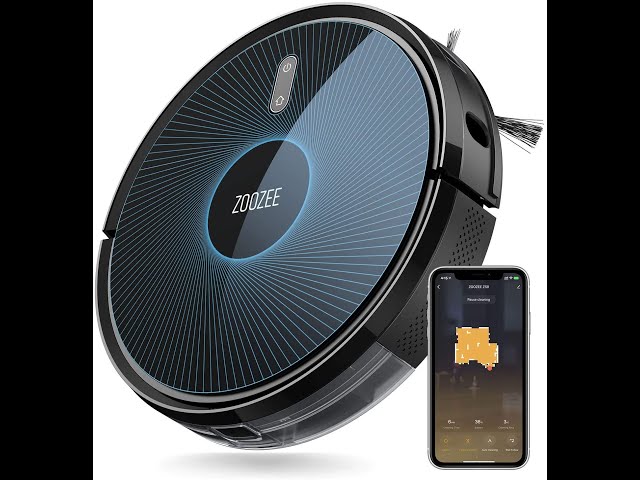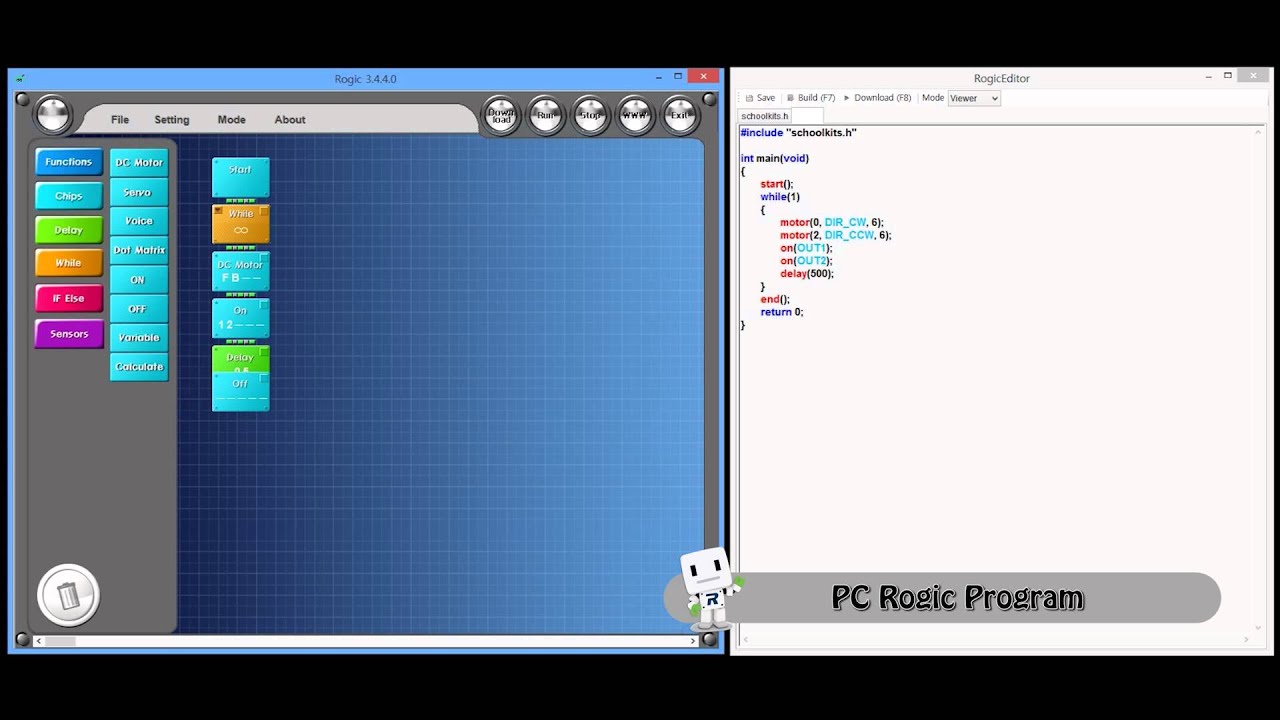How to Build a Robot Ball for Competitive Events?
Competitive events involving robot balls have become increasingly popular in recent years. These events challenge participants to design and build robots that can compete in various tasks and challenges. If you’re interested in building a robot ball for competitive events, this guide will help you get started.
Materials Needed:
- Arduino or Raspberry Pi microcontroller
- Motorized wheels
- Chassis or frame
- Ultrasonic sensors
- Battery pack
- Jumper wires
- Accelerometer and gyro sensor
Steps to Build a Robot Ball:
1. Assemble the Chassis:
Start by assembling the chassis or frame of your robot ball. This will serve as the base for all the other components. Make sure it is sturdy and lightweight to allow for smooth movement.
2. Attach the Wheels:
Next, attach the motorized wheels to the chassis. These wheels will allow your robot ball to move around and compete in the events. Make sure they are securely attached and can turn in different directions.
3. Add the Sensors:
Install the ultrasonic sensors on your robot ball. These sensors will help your robot detect obstacles and navigate around them. You can also add an accelerometer and gyro sensor for more precise movements.
4. Connect the Electronics:
Connect the Arduino or Raspberry Pi microcontroller to the motors, sensors, and battery pack using jumper wires. Make sure everything is properly connected and functional before moving on to the next step.
5. Program the Robot:
Write the code for your robot ball’s behavior. This includes instructions for movement, obstacle detection, and any other tasks required for the competitive events. Test the code thoroughly to ensure it works as intended.
6. Test and Refine:
Once your robot ball is assembled and programmed, test it in various environments to see how it performs. Make any necessary adjustments to improve its functionality and performance in competitive events.
Conclusion:
Building a robot ball for competitive events can be a challenging but rewarding experience. By following the steps outlined in this guide, you can create a robot that is capable of competing and even winning in these events. Remember to be creative and innovative in your design to stand out from the competition. Good luck!
How to Build a Robot Ball for Competitive Events?
Competitive events involving robot balls have become increasingly popular in recent years. These events challenge participants to design and build robots that can compete in various tasks and challenges. If you’re interested in building a robot ball for competitive events, this guide will help you get started.
Materials Needed:
- Arduino or Raspberry Pi microcontroller
- Motorized wheels
- Chassis or frame
- Ultrasonic sensors
- Battery pack
- Jumper wires
- Accelerometer and gyro sensor
Steps to Build a Robot Ball:
1. Assemble the Chassis:
Start by assembling the chassis or frame of your robot ball. This will serve as the base for all the other components. Make sure it is sturdy and lightweight to allow for smooth movement.
2. Attach the Wheels:
Next, attach the motorized wheels to the chassis. These wheels will allow your robot ball to move around and compete in the events. Make sure they are securely attached and can turn in different directions.
3. Add the Sensors:
Install the ultrasonic sensors on your robot ball. These sensors will help your robot detect obstacles and navigate around them. You can also add an accelerometer and gyro sensor for more precise movements.
4. Connect the Electronics:
Connect the Arduino or Raspberry Pi microcontroller to the motors, sensors, and battery pack using jumper wires. Make sure everything is properly connected and functional before moving on to the next step.
5. Program the Robot:
Write the code for your robot ball’s behavior. This includes instructions for movement, obstacle detection, and any other tasks required for the competitive events. Test the code thoroughly to ensure it works as intended.
6. Test and Refine:
Once your robot ball is assembled and programmed, test it in various environments to see how it performs. Make any necessary adjustments to improve its functionality and performance in competitive events.
Conclusion:
Building a robot ball for competitive events can be a challenging but rewarding experience. By following the steps outlined in this guide, you can create a robot that is capable of competing and even winning in these events. Remember to be creative and innovative in your design to stand out from the competition. Good luck!



